How to Identify Insect Bites
Learning to identify bites can help you judge the safer cases from the more serious ones. At 5-Minute Crafts we found easy ways to help you figure out what kind of insect you were in contact with. Still, if you see things are getting out of hand, it’s better to go to a doctor. Remember that scratching is never a good idea as you might infect the wound.
1. Mosquito
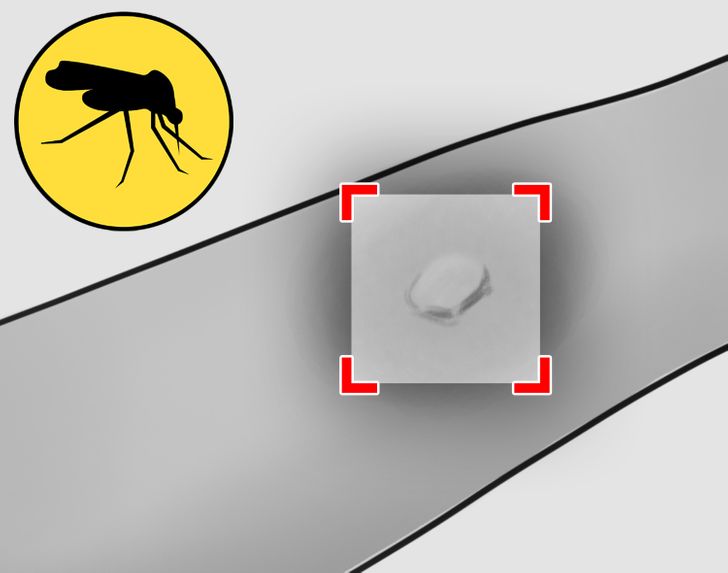
What the bite looks and feels like:
- Right after the mosquito bites you, you will notice that a swollen area with a white and red color forms. Around this swelling the skin is mostly red.
- Later, this turns into a more hard, itchy, reddish bump.
2. Bed bugs
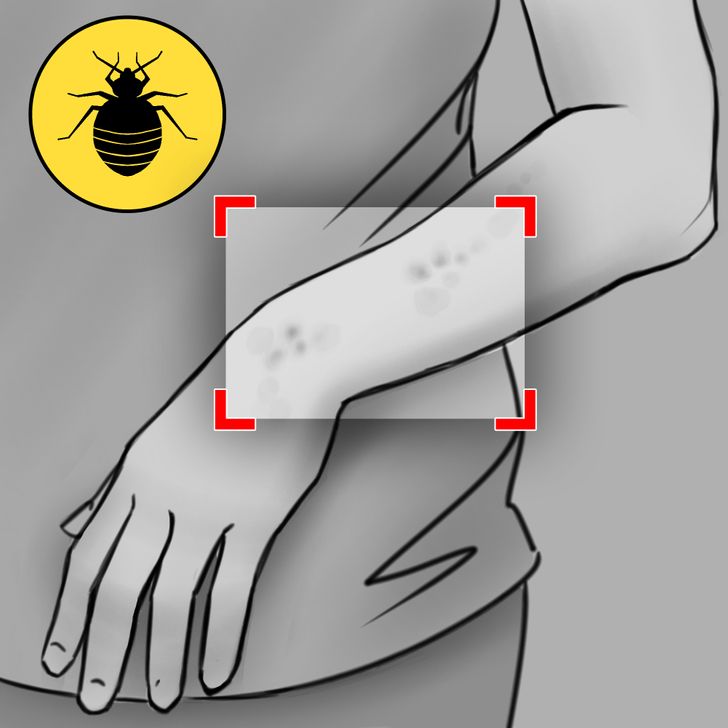
What the bite looks and feels like:
- You can find these bites anywhere on your skin, but typically they tend to occur in areas that are exposed during sleeping, like your neck, face, hands, arms, and legs.
- On the area of the bite a raised itchy red bump with a clear center appears.
- Usually there are multiple bites together, arranged in clusters.
- You might also notice some small blood stains on your sheets.
3. Spiders
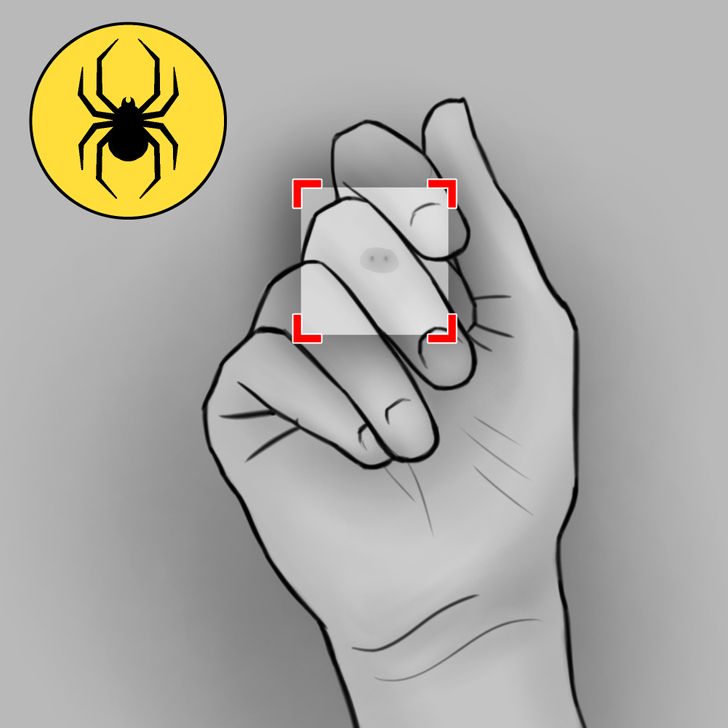
Even though spiders don’t belong to the insect family, it is still useful to be able to distinguish this type of bite. Luckily, spiders have no reason to bite humans, other than that the fact that it is their defense mechanism. So even though they could bite you all over your body, it is most likely to be found on moving limbs that come close to the spider, like your hand and legs.
What the bite looks and feels like:
- Most bites look like tiny red bumps.
- You may experience some light pain, similar to a bee sting.
- Spider have fangs. So at times you will be able to spot 2 tiny holes that are very close to each other.
4. Fire ants
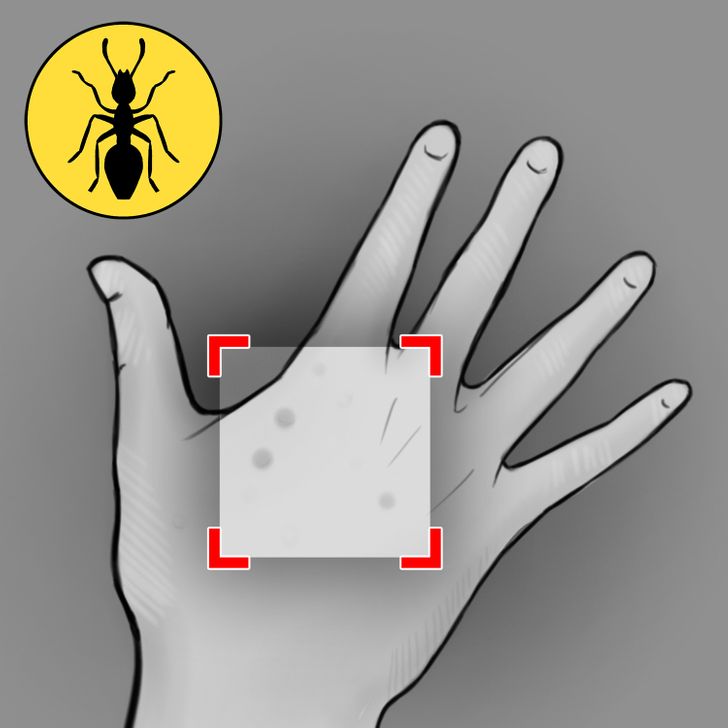
Luckily, most ants are not dangerous to humans and won’t even bite at all. However, there are some dangerous types, one of which is a fire ant. They are small, aggressive, and can be red or black. Their bites are considered to be a medical emergency, so it is very important to know how to identify them. If you think you’ve been bitten by these ants, make sure to seek out medical attention.
What the bite looks and feels like:
- First, multiple small red spots will appear
- After 2 days a white blister forms.
- The bitten area may be painful, itchy, and swollen.
5. Honey bees
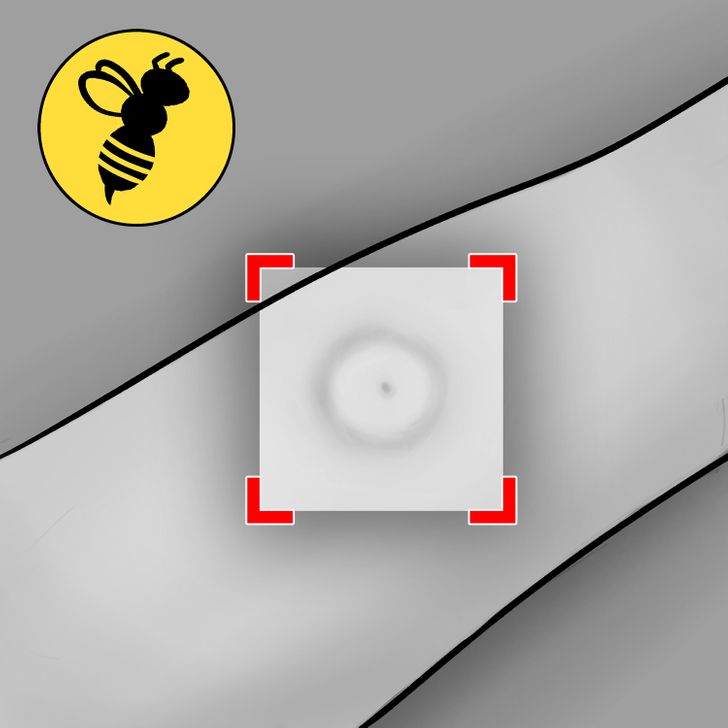
If you’re not allergic, there is nothing to be worried about if you get stung by a bee. But if you develop symptoms like nausea, dizziness, or a swelling of the throat and tongue, you might actually be allergic to bees. In this case, it is best to talk to a doctor or allergy specialist. In any case, it is suggested that you take immediate steps after you have been stung:
What the bite looks and feels like:
- You will probably notice when a bee stings you, since the sting itself can be quite painful.
- The spot where you are stung will be pinkish red.
- Around this spot a central white ring will appear, around which the skin will mostly look red and feel itchy.
- After a bee stings, you can often find the stinger in your skin. If you can’t find a stinger, you have probably been stung by another similar insect like a wasp or a yellow jacket.
6. Body lice
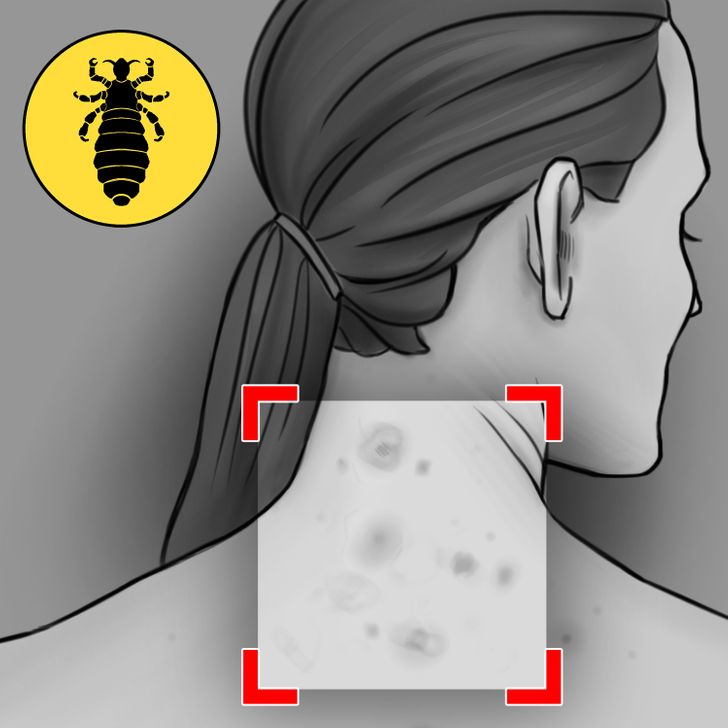
What the bite looks and feels like:
- The bites itself are tiny, but your body will react to the injected saliva.
- They usually appear as numerous mildly red or abraded spots.
- Sometimes you can find some crusted blood at the bitten spot too.
-
You can find the bites in areas where the seams of clothing come into contact with the skin, like the neck, armpits, and shoulders.
7. Ticks
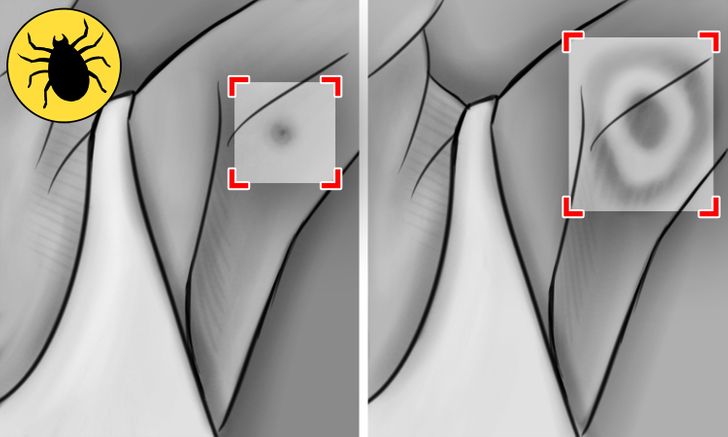
Ticks are small blood-sucking insects that in some cases can pass on diseases like Lyme disease.
What the bite looks and feels like:
- You will most likely find the bites in your armpit area, or other hairy and moist areas of the body.
- On the area of the bite, some dry blood can usually be found. It looks like a small wound and the skin around the bite will turn red.
- Sometimes the tick is still attached to your skin. You can get it out with a tool that is specially made for tick-removal or a set of tweezers. Grab the tick as close to the skin as possible and pull up slowly. Be careful not to twist, jerk, or crush the tick.
- You will usually only find one bite.
- When you see clear signs of the so-called bullseye rash, you may be at risk for Lyme disease. You can recognize this rash by a white and red ring around the red area where you have been bitten. It can feel a little warm. Look for medical attention as soon as possible. If you only see a small red bump that goes away within a few days, you have nothing to worry about.
Bonus: How to stop the itchy feeling after bug bites
For any insect bite or sting, it is recommended to first remove the stinger, tick, or hair, if any of these are still in the skin. Most importantly, wash the affected area with soap and water. Then there a few things that you can do to stop the itchy feeling.
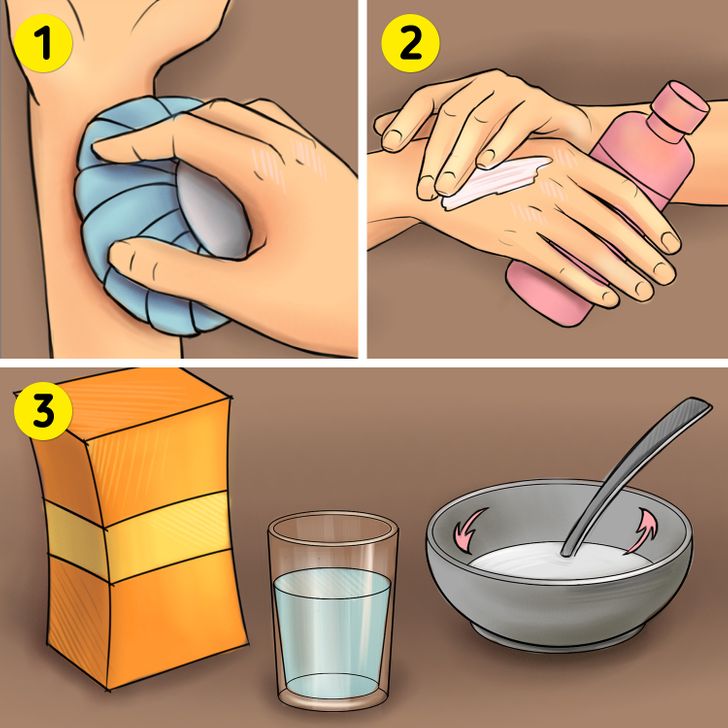
You can use any of these tips:
- Apply an ice pack to reduce the swelling and itching.
- Buy an anti-itch cream like calamine lotion. (May need to be applied several times a day.)
- Create a paste consisting of baking soda and water, and apply and leave it on the spot for 10 minutes. This will reduce the itching. (May need to be applied several times a day.)